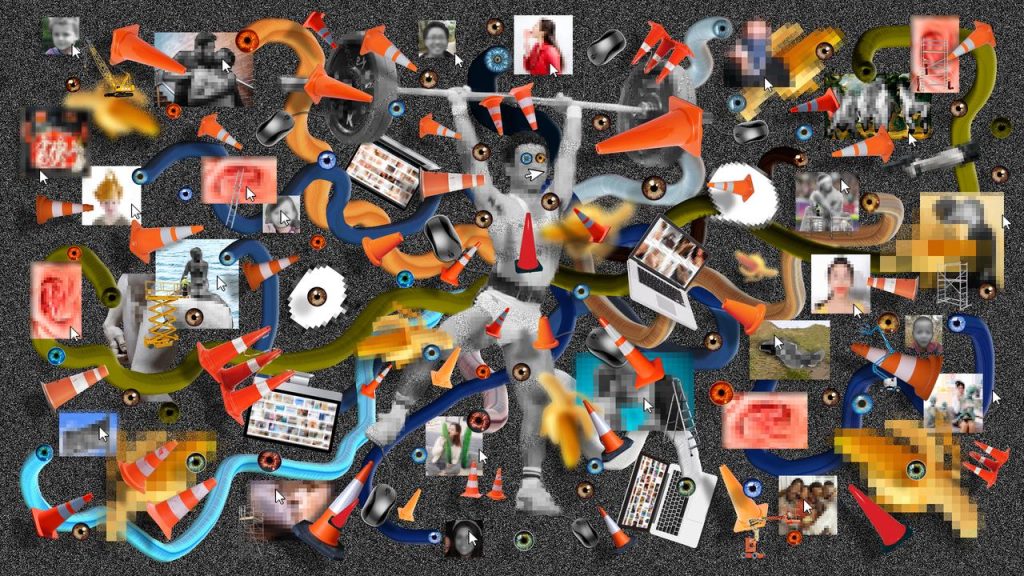Are GenAI codes of ethics dangerous?

Last week I was at the EDEN Digital Learning Europe Conference in Graz. Sadly difficulties in transport limited by time and I missed the second day of the conference. But I am copying this report on LinkedIn by Felix Kwihangana from the University of Manchester of the EDEN Oxford Debate, where he supported the motion “Codes of Ethics for Generative Artificial Intelligence in Education are Useless/ Toothless/ A waste of time, chaired by Paul Prinsloo.
The debate provided an opportunity to explore and interrogate the complex issues around Ethical guidelines for hashtag#Generative hashtag#AI in education, their merits and demerits and everything in-between. I was privileged to work with Elisabeth Anna Guenther and Dr Martina Plantak in supporting the motion against an impressive team of debaters (Eamon Costello, Victoria Marín and Palitha Edirisingha).
In supporting the motion, we argued that hashtag#GenAI ethical guidelines in HE are often reactive, exclusive of non-western ways of knowing, based on a limited understanding of Generative AI, becoming obsolete before they are enacted due to the speed at which Generative AI is developing, and used as virtue signalling tools by institutions motivated by maintaining control rather than encouraging exploration and discovery. Using some historical cases (Alan Turing prosecution, The Prohibition), we argued that the ever changing values of society and the fast pace of Generative AI development could make Generative AI codes of ethics not only useless but also dangerous, when looked at within the historical lens of damage done in the name of "ethics", "values" and "norms" that societies end up dropping anyway. Needless to say, the opposing team had equally strong counterarguments, which made the debate worth its name!



